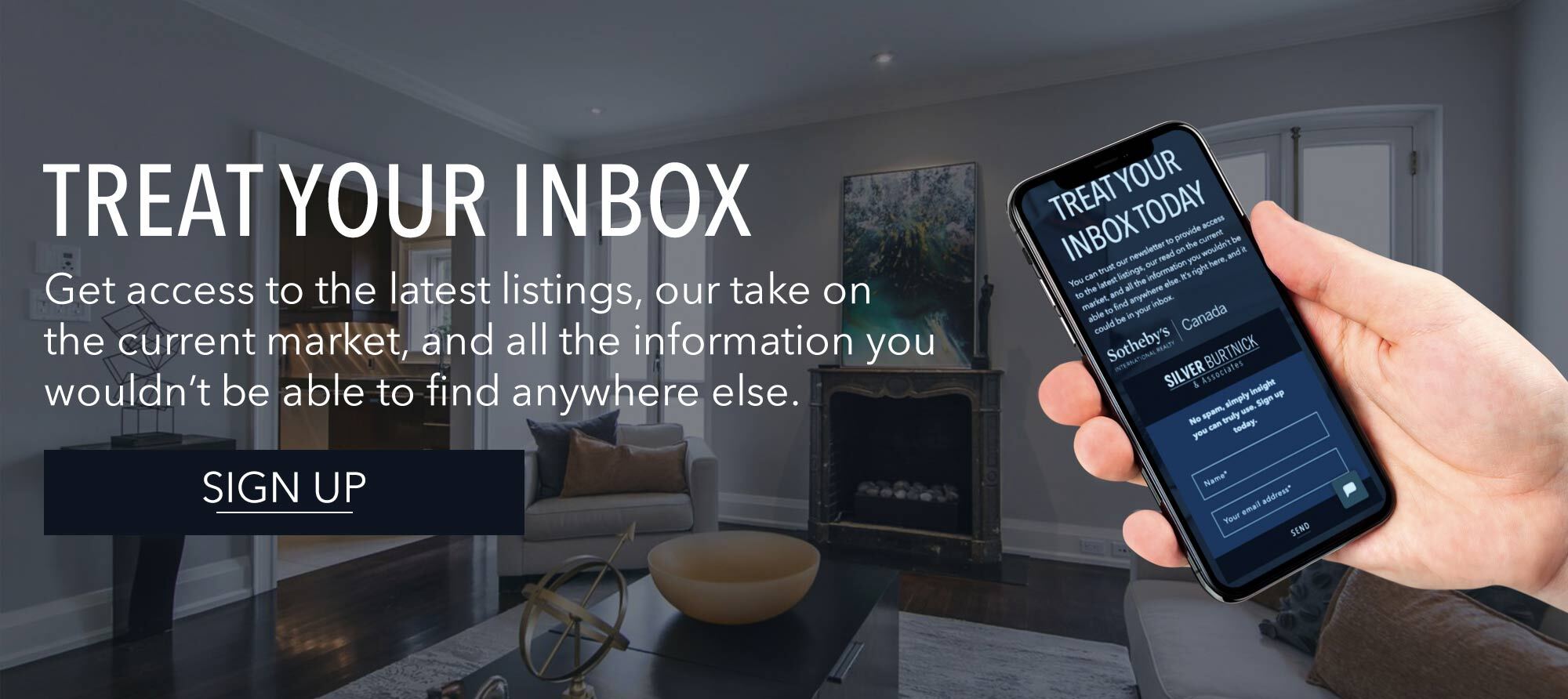Advances in technology and shifts in culture have allowed Canadians to do things we would have never imagined. Take for example working from home. With instant messages and conference calls, some employees barely have to set foot in an office. Now, purchasing a home remotely—that is, putting in an offer without ever setting foot in the property—is gaining popularity. Though it may seem radical to some and controversial to others, North Americans are doing it more than ever.
Who are the people buying remotely?
A 2017 U.S. homebuyers survey found that 33% of buyer make an offer before ever seeing the property. This grew from 19% in 2016 and from 21% in 2015. What’s more astounding is that 41% of these buyers were millennials, 30% were Gen X buyers, and 12% were baby boomers. Younger generations are surely embracing this new way of buying a home.
In addition to millennials, remote property purchases have been popular with those looking for a vacation home, looking to invest in real estate, or hoping to help their children buy a home. These buyers may not want to waste several days flying back and forth to and from a far away city just to look at the home. Especially in the investment property setting, the buyer may not even care what the property looks like. It only matters that they can rent it out and that the market value of the property will appreciate. And information from their real estate agent, a trusted third-party, and visual aids are enough for these types of buyers to put down an offer.
With how a quickly the Toronto real estate market moves, it may not even be realistic for an offshore buyer to visit Toronto to see the property. By the time travel arrangements are made, the property may already have closed with another buyer.
It’s all about your agent
Richard Silver, Senior-Vice President of Sales at Sotheby’s Realty, warns that it’s never a good idea to purchase a property without seeing it first.
However, remote property purchases are, as Silver states,
Done mostly through third parties who have a strong relationship with the buyer and have established a strong rapport with them.
Sometimes this third party is a friend or family member, but it can also be a real estate agent. A real estate agent in the city you’re planning to buy in can handle most of your transaction on your behalf. This is why finding a good agent is critical in the remote home-buying process.
Quite obviously, it’s ideal that this realtor has experience with the remote home-buying process. This can confirm that he/she understands how the process is done and that they can work with the right technologies and people to close the deal fast and efficiently. They can also make recommendations on local mortgage lenders who work with foreign buyers.
You also need to consider whether the agent works regular business hours. To make the process work, he/she needs to be available 9-5 to help with home-buying procedures such as a home inspection. If your agent is only available evenings and weekends, it may make the whole process impossible.
Lastly, as Silver mentioned before, it’s important to find a third-party you trust. Make sure that whichever realtor you work with, especially if you don’t have another third-party to help you, is someone you have a good relationship with and is someone you can trust.
How to know what you’re buying without stepping foot onto the property
There are a variety of ways to see what you’re buying without visiting the property in person. Silver notes that,
Buyers who are not there in person can use floor plans and descriptions from a builder or the seller.
Similar to buying a pre-construction where you can’t see the physical unit, a floor plan can help you visualize what the property will look like. And descriptions can note further details and quirks about the space.
Photos of the property are also great ways to see what you’re buying. However, Silver warns that photos are often used to enhance the property.
With photos being edited and Photoshopped to make the property look nothing short of perfection, the buyer may end up with an apartment or home that is less than that they expected. These are just a few of the shortfalls of buying remotely. Again, this is why, as Silver mentioned earlier, it’s good too have a third-party that you trust visit the property and make sure that it’s everything it promised to be.
Video tours of the home are commonly the better alternative to photos. Videos are harder to fake in terms of appearance. They also provide a fuller visual of the home and simulate how it’ll be when you walk through the property.
There are also more advanced visualization tools such as 3D home models and 360-degree cameras. However, these won’t come attached to every property listing as they can be beyond the seller’s marketing budget. The properties that do have these marketing collaterals are commonly luxury properties or the precise sellers looking to attract remote buyers.
The problems with a remote purchase
The largest issue with a remote property purchase is the fact that the buyer can’t inspect the property themselves. Silver sees this as the major issues of buying remotely:
Home purchases are usually larger amounts of money and I would never suggest that a sizeable purchase be made unseen.
Additionally, the fact that a buyer has not visited the property could create some legal issues. Silver notes:
Our TREB Agreements of Purchase and Sale have a clause that the Buyer has inspected the property and if they have not, [the contract] must be altered. It could be a nightmare if the Buyer decides not to close and is offshore.
While technology and cultural shifts have made it more common to purchase remotely, it should be used as a last resort. It’s ideal to see the property in person before making such a large purchase. In the worst case scenario, things won’t be what they seemed in the pictures and videos and you’ll be stuck with a poor purchase on your hands. However, if you’re running a busy lifestyle and don’t have time to see the property in person, a remote purchase could be the way to go.



